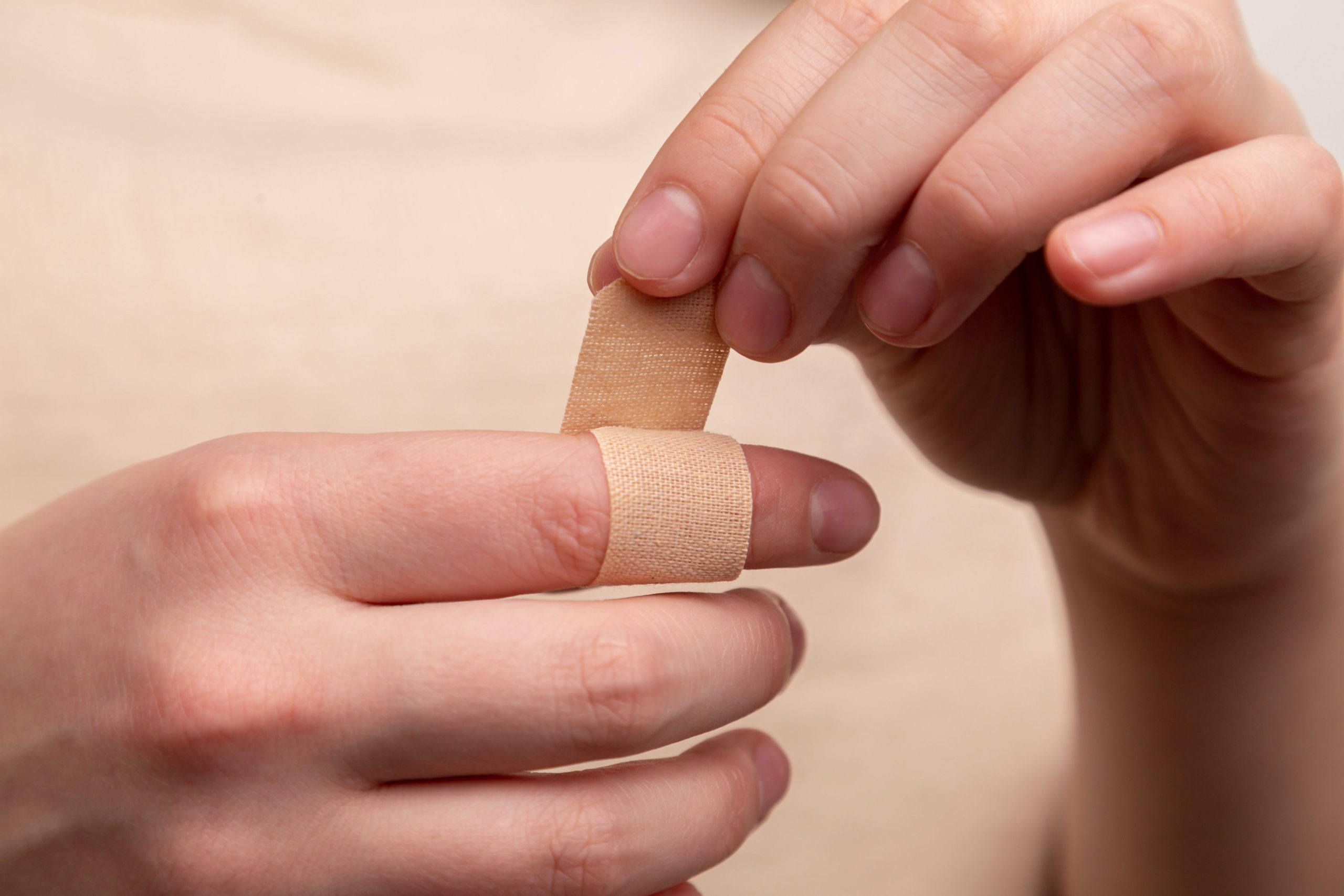Injuries, aches, and pains are a common part of the human experience. As physiotherapists, our role is to help individuals recover from these issues and regain their optimal physical health. To understand why people suffer from injuries, aches, and pains, it is essential to delve into the intricacies of the human body. In this blog, we will explore the various factors contributing to these issues.
Poor Posture
One of the primary reasons people experience aches and pains is poor posture. Maintaining incorrect postures for extended periods can place undue stress on muscles, ligaments, and joints, leading to discomfort and pain. Just imagine bending your finger back for hours on end, and then bending it the other way hours later, it’s going to be uncomfortable right? Common culprits include slouching while sitting at a desk, carrying heavy bags on one shoulder, or sleeping in an awkward position.
Overuse and Repetitive Strain
Overuse injuries are another prevalent cause of discomfort. Engaging in repetitive activities, such as typing on a keyboard or using a smartphone for extended periods, can strain muscles and tendons. These repetitive motions can lead to conditions like carpal tunnel syndrome, tennis elbow, or tendinitis. These injuries can be particularly challenging to treat and overcome. This is primarily due to tendons having a really poor supply of blood, therefore their ability to heal quickly is not the same as a muscle or even a bone.
Muscle Imbalances
Muscle imbalances occur when certain muscle groups are stronger or tighter than their opposing counterparts. This imbalance can lead to altered movement patterns and increase the risk of injuries. We get asked all the time “ but why is my pain just on one side?”. Well, as much as we like to believe we’re symmetrical ….we’re not. This does set up imbalances and weaknesses which can lead to injury and/or pain. Just take note of how you stand: are you standing with even weight on your feet? I’m guessing no. We all tend to “bump” into one leg favourably, which again contributes to imbalances over time.
Trauma and Accidents
Kind of self explanatory here but- accidents and trauma are often unavoidable causes of injuries and pain. These incidents can range from minor sprains to severe fractures. The force exerted during accidents can damage tissues, leading to inflammation, pain, and reduced function. Physiotherapy plays a crucial role in rehabilitating individuals who have suffered traumatic injuries.
Aging
Just like we get grey hair and wrinkles, we get changes underneath the skin too. Therefore the natural aging process can also contribute to aches and pains. As we age, our bodies undergo various changes, including a decrease in muscle mass, joint flexibility, and bone density. These changes can make individuals more susceptible to injuries and chronic conditions like osteoarthritis.
Inactivity
Leading a sedentary lifestyle can lead to muscle weakness and reduced joint mobility, which can result in aches and discomfort. Regular physical activity is essential for maintaining muscle strength, joint health, and overall well-being.
Medical Conditions
Certain medical conditions, such as rheumatoid arthritis, fibromyalgia, and diabetes, can cause chronic pain and discomfort. These conditions often require ongoing management and rehabilitation to improve quality of life.
Psychological Factors
Psychological factors like stress, anxiety, and depression can manifest as physical symptoms, including muscle tension and pain. The mind-body connection is a critical aspect of physiotherapy, as addressing these factors can significantly impact a patient’s recovery.
Conclusion
Injuries, aches, and pains are multifaceted and can stem from a combination of factors, including poor posture, overuse, muscle imbalances, trauma, aging, inactivity, medical conditions, and psychological factors. Understanding these factors is essential for physiotherapists to provide effective care and treatment.
As physiotherapists, our role goes beyond just addressing the physical symptoms. We aim to identify the root causes of discomfort, educate patients on prevention, and design personalised rehabilitation plans to help individuals regain their optimal physical health. Through a holistic approach that considers both the physical and psychological aspects, we strive to alleviate suffering and improve the overall well-being of our patients.
Take care.

